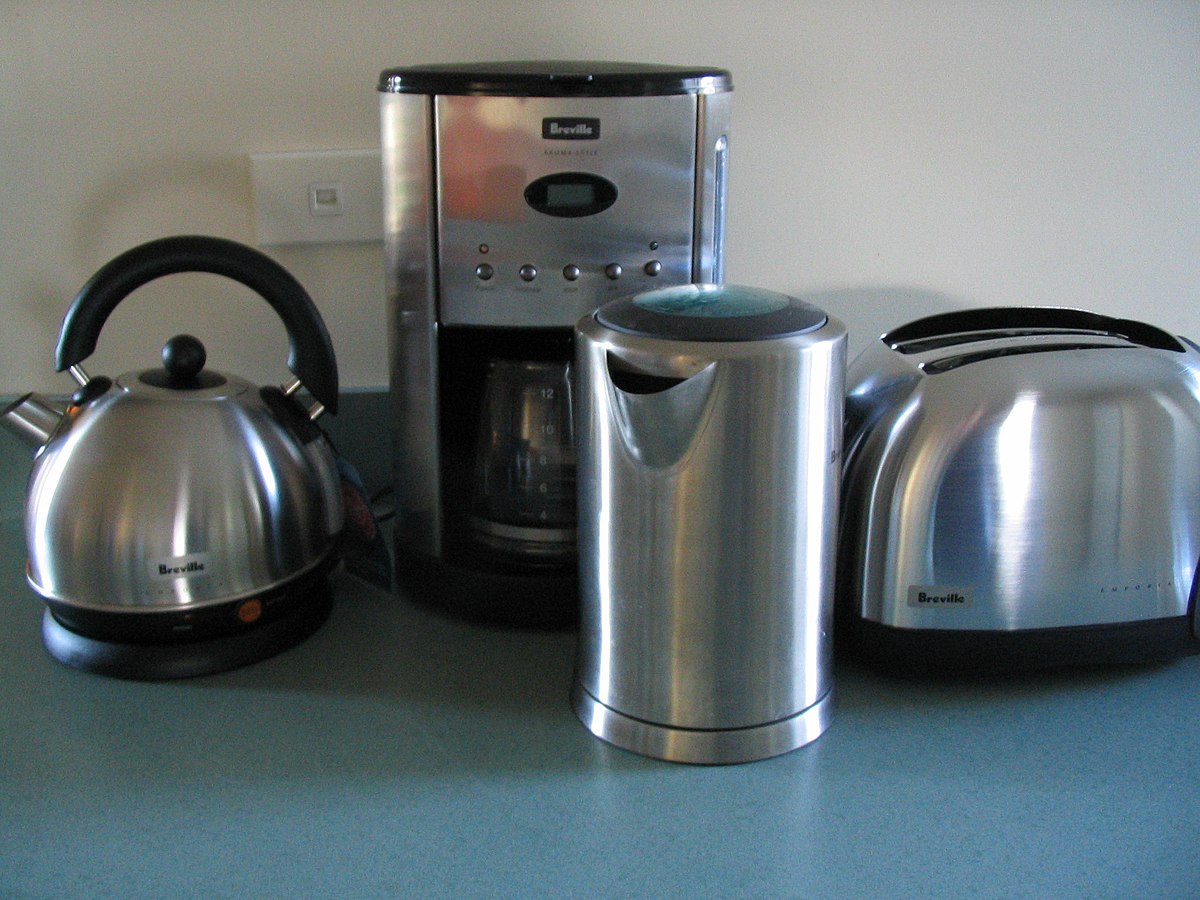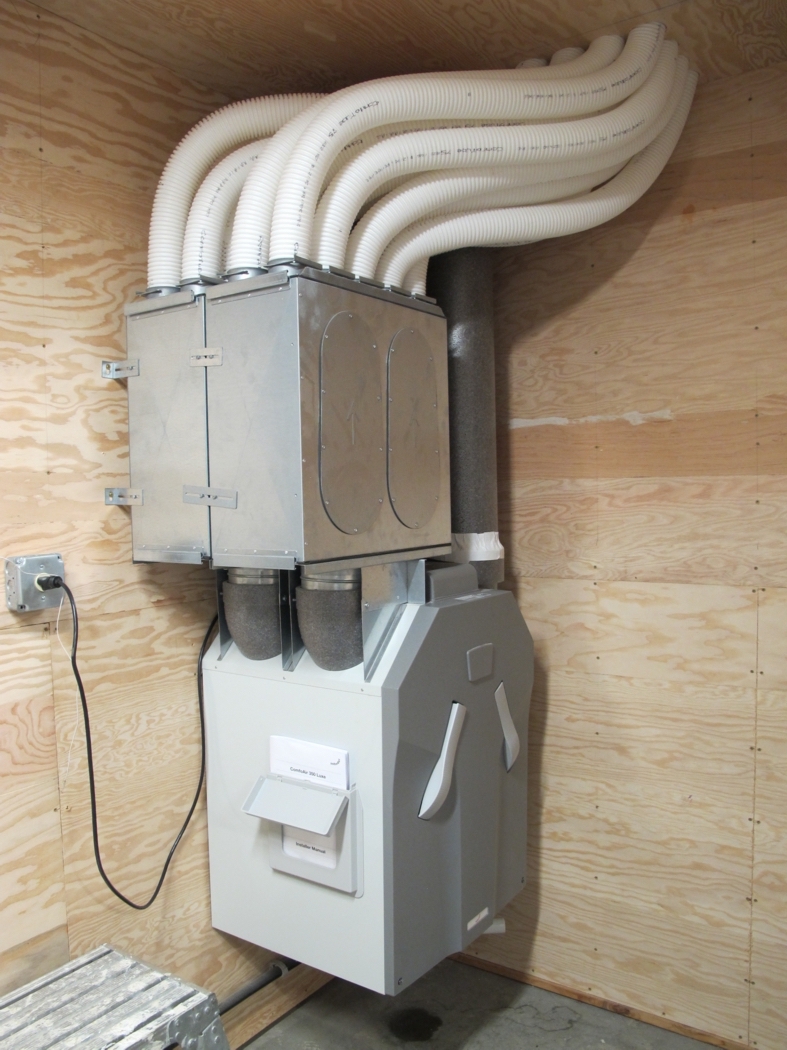Owner Electrical Certificate
Since July 1, 2008, for any sale of a house, the seller must have an inspection visit carried out on its low-voltage electrical installation. All accommodation is covered: houses, apartments, premises or sets of premises serving as accommodation for one or more people living in families or communities.
The objective of these new rules is to ensure the verification of electrical installations in dwellings, and in particular old installations which were installed before 1981.
With regard to installations put in place after October 1, 1981, an inspection has already taken place before they were put into service, but the rules according to which the installation must be rechecked after 25 years remain in force.
The new regulations only apply to the sale of housing (a house, an apartment, a bedroom or a set of premises serving as accommodation for one or more people living in families or communities). Stores, offices and other types of buildings are excluded.
Procedure?
In the case of the sale of dwellings equipped with an old electrical installation put into service before October 1, 1981, a control investigation is required and is carried out by the approved control bodies unless a full control has taken place since that date. following a reinforcement of the installation.
A report is drawn up and indicates whether the
electrical installation certificate is satisfactory or not. If this is not the case, a period of 12 or 18 months from the date of the authentic act of sale during which the installation must be repaired (by the buyer), begins to run. At the end of this period, a new check is carried out by the same expert or by the expert appointed by the buyer.
/BasicsoftheCertificateofOccupancy-HeroImages-GettyImages-5a71cbe08e1b6e0037d95944.jpg) 12 or 18 months?
12 or 18 months?
Following an inspection report finding that the electrical installation does not comply with the general regulations for electrical installations (RGIE), verification of the disappearance of infringements is carried out by the same approved body as that which carried out the inspection visit (art. 271 of the RGIE) at the latest 12 months after the date of the inspection
If it is a control visit carried out during the sale of a home equipped with an old electrical installation, that is to say before 01/10/1981, and which has never been verified (art. 276 bis), infringements are lifted at the latest at the end of the period of 18 months from the day of the act of sale. The buyer is free to designate the approved body which will do so.
Which organization is approved?
The Federal Public Service Economy, SMEs, Middle Classes and Energy (formerly Ministry of Economic Affairs) has published a list. See the explanations and the list on this page.
Who should have the installation checked?
It is the seller who has the obligation to have a prior check carried out. The latter is required to transmit the necessary information to the notary, so that the latter can provide the information required in the deed.
The seller's obligations are as follows:
- If the electrical installation was put into service before October 1, 1981 and has not been the subject of a complete modification or an increase in power since:
The seller must have the electrical installation checked by an approved body, the minutes of which are given to the buyer when the authentic act of sale is signed (General Regulation of Electrical Installations, art. 276bis). The latter notes this discount.
Exception: if the buyer's plan is to demolish or completely renovate the electrical installation, this is mentioned in the sales contract as well as in the agreement of the parties to waive the inspection. The buyer then has two obligations: to inform the General Directorate of Energy, Infrastructures division of the demolition or renovation and have a conformity examination of the installation carried out by an approved body before it is put into service. The authentic deed of sale recalls these obligations.
Consequences of a negative control: the negative control, that is to say which reveals that the electrical installation does not meet the applicable standards, does not affect either the sale or the agreed price; in fact, the seller has no other obligation than to carry out the inspection visit and to inform the buyer of its result. The buyer then has three obligations: communicate his identity as well as the date of the authentic act of sale to the body which carried out the inspection, remedy the shortcomings noted during the inspection visit and have a new inspection carried out. . control, by an approved body of its choice, within 18 months of the authentic act of sale, to establish the conformity of the installation. The owner must give the
electrical certificate to seller to premature the deal.
Consequences in the event of persistent failures: if the control visit is not carried out by the seller, or if the buyer does not fulfill his obligations in the event of a negative control, the Ministry of Energy is informed (General Regulation on electrical installations, art. 274.02) and criminal sanctions (imprisonment or fine) can be pronounced (L. 10 March 1925 on the distribution of electric energy, art. 24).
In addition, the civil liability of the author of the breach may also be raised in the event of damage, and insurance companies may refuse their intervention in the event of a claim.
- If the electrical installation was put into service before October 1, 1981 but has undergone a complete modification or a significant increase in power since then:
In cases where an old electrical installation has been the subject, since October 1, 1981, of a complete modification or a significant increase in power, a complete conformity examination of the electrical installation has been carried out during this modification or reinforcement. The report must be delivered to the purchaser. Therefore, the inspection visit should not be repeated.
However, the installation must be checked periodically every 25 years (General Regulation on electrical installations, art. 271); the buyer must be informed.
- If the electrical installation was put into service from October 1, 1981:
Recent electrical installations (put into service since October 1, 1981) were subject to a conformity examination when they were put into service. The report must be delivered to the purchaser. Therefore, the inspection visit should not be repeated.
However, the installation must be checked periodically every 25 years (General Regulation on electrical installations, art. 271); the buyer must be informed.
What about fees?
Since the obligation to control falls to the seller, this also means that, in principle, the costs of this control are borne by the seller. The buyer and seller can however agree on the subject, but in the absence of agreement, the costs are borne by the seller.
Attention, if the report concerning the installation is negative, after the sale, the obligations fall on the buyer, who is responsible for having a new check carried out within 12 or 18 months.
The authentic instrument must contain the elements indicating to the purchaser if the control has given rise to a positive or negative report, and, if an additional control must be carried out within 12 or 18 months of the authentic instrument.
Period of validity of a report of non-compliance?
For reports with a compliance period of 12 months, this period begins on the date of the inspection. If the owner does not sell his property within 12 months, he is therefore required to bring his installation into conformity and have it checked again within this period. An extension of time may possibly be requested from the SPF. Our report is therefore no longer valid since the owner of the property is in breach.
For a report whose compliance period is 18 months, this period starts from the act of sale. The purpose of this report is to inform the purchaser of the property of the state of the electrical installation. It therefore remains valid as long as the seller has not made any modification to its installation.
Home











/BasicsoftheCertificateofOccupancy-HeroImages-GettyImages-5a71cbe08e1b6e0037d95944.jpg)